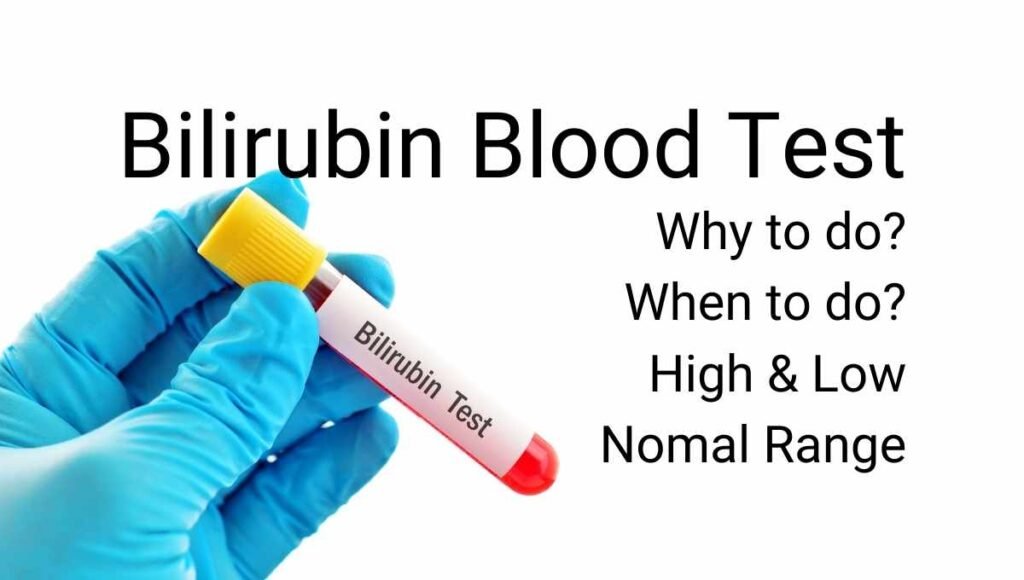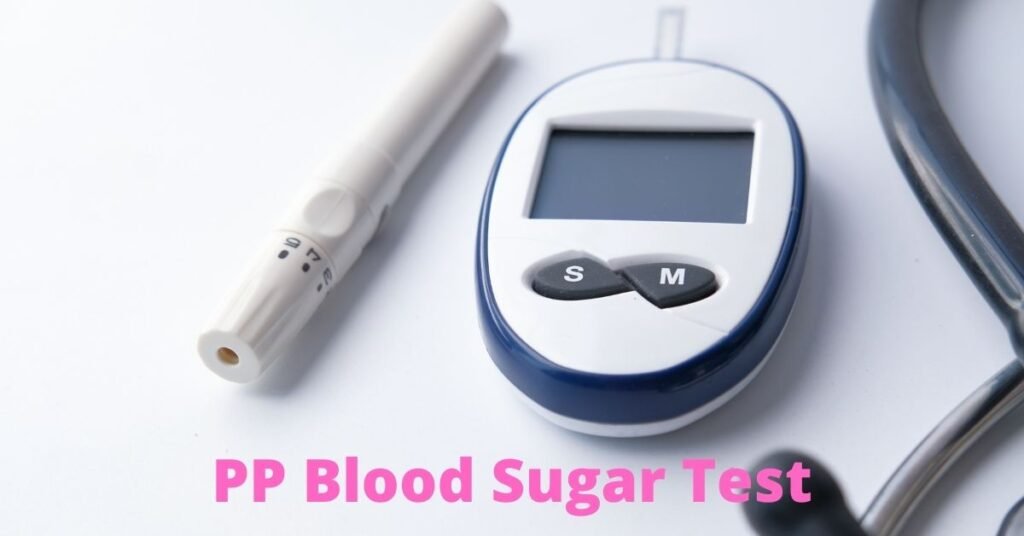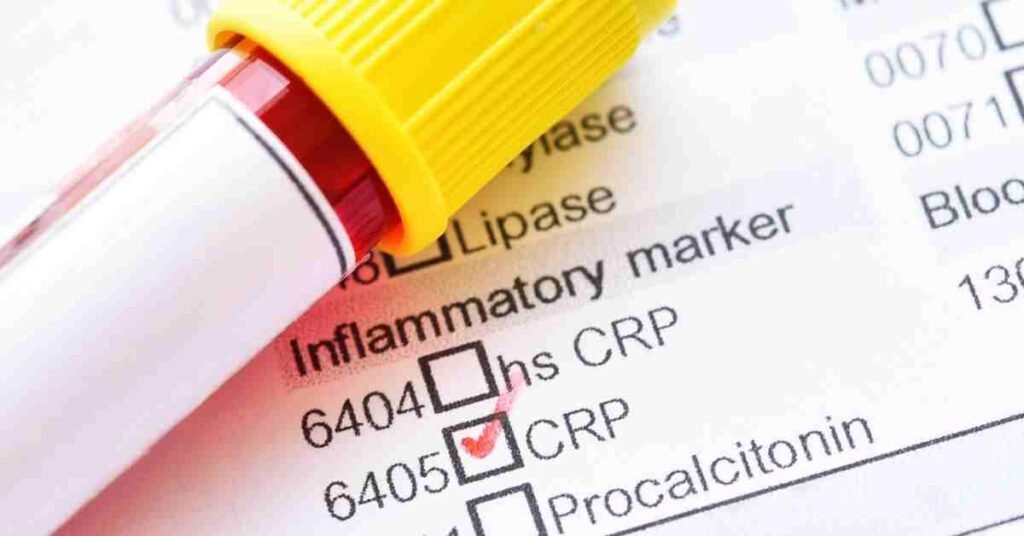What is WBC in Blood Test
WBC blood test measures WBC count in blood. This WBC count is the number of white blood cells (also known as leukocyte s) in our blood. It is part of Complete Blood Count (CBC) Test.
There are five types of white blood cell WBC in our body:
- Neutrophil
- Eosinophil
- Basophil
- Monocytes
- Lymphocytes (T cells, B cells, Natural killer cells)
There are two types of WBC count- total count and differential count. In differential count, percentage of each type of WBC is measured.
WBC Blood Test Purpose
WBC blood test is a part of complete blood count test. It is a routine laboratory test. This test result shows the number of WBC in your blood. Normally, this test is given with few other tests including Hemoglobin test, MCH blood test, MCHC blood test, MCV Blood test, Reticulocyte count test, The purpose of this test is to
- To detect an infection
- To determine allergic reaction
- To determine the presence of inflammation
- To detect the presence of blood cancer ( example, leukemia, lymphoma).
WBC Count Importance
WBC count if high or low than normal range indicates an underlying medical conditions, be it diagnosed or not.
- It helps to detect autoimmune diseases, blood disorders, or immune deficiencies, any infections, etc. So if any hidden infections not diagnosed, through WBC blood test, one can predict the possibility of underlying infection.
- The test helps to give appropriate treatment
- Helps to monitor effectiveness of treatment
- Helps to monitor the outcome and effectiveness of radiation or chemotherapy treatment, especially in cancer patients.
Differential WBC Count Importance
Each type of WBC has their role in our body. So the increase or decrease of each type of WBC is important because the level of each type of WBC gives an idea about the underlying medical condition and the probable causes behind the medical condition.
High Neutrophil Causes
Neutrophil: Increase of neutrophil is seen in the following conditions
- Acute stress
- Infection (Acute bacterial infection like tonsilitis)
- Trauma
- Pregnancy
- Rheumatoid arthritis
- Thyroiditis
- Gout
- Acute Myocardial Infarction
Low Neutrophil Causes
Decrease of neutrophil is seen in the following conditions
- Anemia
- Bacterial infection like typhoid
- Viral illness like measles
- Chemotherapy
- Radiation therapy
High Eosinophil Causes
Increase of eosinophil is seen in the following conditions
- Allergic reaction
- Parasitic infection
- Chronic skin disease
Low Eosinophil Causes
Decrease of eosinophil is seen in the following conditions
- Bacterial Infection
- After excess cortisol or ACTH in the body
High Basophil Causes
Increase of basophil is seen in the following conditions
- Ulcerative Colitis
- Chicken pox, influenza, etc.
Low Basophil Causes
Decrease of basophils is seen in acute allergic reaction.
High Monocytes Causes
Increase of monocytes is seen in the following conditions
- Tuberculosis
- Viral illness like measles, mumps, mononucleosis, etc.
- Chronic inflammatory illness
- Endocarditis
- Syphilis
- Sarcoidosis
- Blood disorder
- Collagen disorder
Low Monocytes Causes
Decrease of monocytes is seen in the following conditions
- Bone marrow disorder
- Bloodstream infection
- Skin infection
- Chemotherapy
- Radiation therapy
High Lymphocytes Causes
Increase of lymphocytes is seen in the following conditions
- Chronic infection like tuberculosis
- Leukemia
- Mononucleosis
- Viral illness like measles, mumps, etc.
Low Lymphocytes Causes
Decrease of lymphocytes is seen in the following conditions
- HIV
- Chemotherapy
- Radiation therapy
- Sepsis
- Miliary tuberculosis
- Cortisol therapy
WBC Blood Test Procedure
Blood is drawn from one vein ( usually vein from arm). There is no dietary restrictions or restrictions of fluid intake. You can go for the test any time in a day as per your convenience. If you are under any medication, talk with your doctor if any modifications is needed or not.
WBC Count Normal Range
WBC Total Count normal range is 4000 to 11,000/cmm
When the total count of WBC is more than 11,000/cmm it is called Leucocytosis.
When the total count of WBC is less than 4000/cmm it is called Leucopenia.
WBC Differential Count Normal Range
Neutrophil- 60% to 70%
Eosinophil- 1% to 4%
Basophil – 0% to 1%
Lymphocyte – 25% to 30%
Monocyte- 5% to 10%
WBC Blood Test Low
WBC Count Low symptoms
- Headache
- Chills
- Body aches
- Fever
WBC Count Low Causes
- Failure of bone marrow to produce WBC such as in tumor, severe infection, scarring of bone marrow, etc)
- Liver disease
- Spleen disease
- Autoimmune disease like lupus
- Viral disease like mononucleosis
- Very severe bacterial infection
- Drugs like chemotherapy, drugs to treat cancer
- Radiation therapy
- Severe physical stress or emotional stress ( example, due to an injury, or surgery)
- Drugs – Antibiotics, anti thyroid drugs, anti convulsants, captopril, chemotherapy drugs, arsenicals, clozapine, chlorpromazine,histamine 2 blocker, diuretics, sulfonamide, quinidine, ticlodipine, terbinafine.
- HIV
- Lymphoma
WBC Blood Test High
WBC Count High symptoms
- Fever
- Headache
- Malaise
- Itching
- Difficulty breathing
- Weight loss
- Night sweats
- Body aches
WBC Count High Causes
High WBC count is also known as leukocytosis. It is seen in the following conditions
- Infections, usually bacterial infection
- After removal of spleen
- Inflammatory disease ( example, rheumatoid arthritis, bowel disease, allergy, etc)
- Damage of tissue( example, burn)
- Leukemia, or Hodgkin disease
- Cigarette smoking
- Drugs ( Corticosteroids, epinephrine, beta adrenergic agonists, granulocyte colony stimulating factor, heparin, lithium,etc.)
- Tuberculosis
- Bone marrow tumor
- Exercise
- Pregnancy
- Asthma





